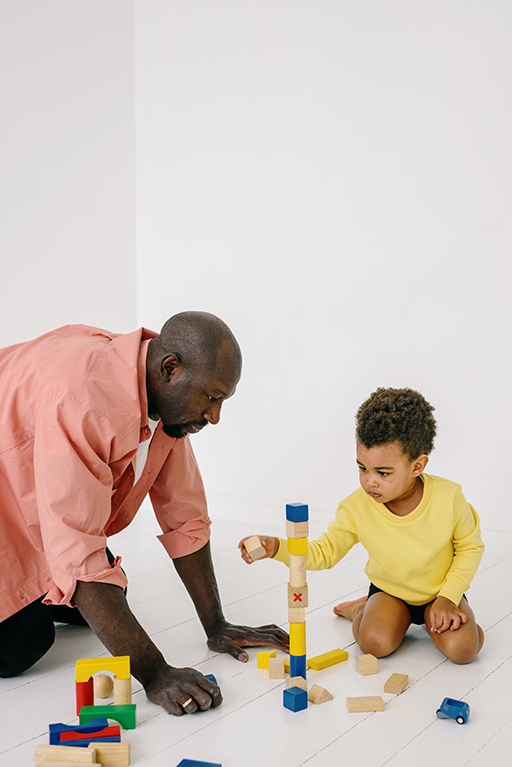Attachment theory and social work
John Bowlby was the first exponent of attachment theory. He spent his career studying the impact of maternal deprivation. He formulated his ideas in the 1940s and 1950s from working with war orphans, evacuees and children who had suffered emotional deprivation in childhood. Bowlby believed many of these children went on to suffer a range of behavioural, emotional and mental health problems that he felt were in some way connected to their earlier experiences.
In formulating his theory, Bowlby drew on the research of his colleague Mary Ainsworth. Her studies of infants and mothers identified sensitive and responsive care as the vital ingredient in promoting secure infant–parent relationships. She found that care giving helped children to develop a sense of self, to make trusting relationships with others and to have the ability to learn and achieve (Lindsay, 2006). Bowlby defined an attachment as the ‘lasting psychological connectedness between human beings’ formed with the person who provides physical and emotional care (Bowlby, 1969). To Bowlby and his colleagues it seemed that if children were to thrive emotionally they needed a close, continuous, care-giving relationship in infancy.
Bowlby believed that human beings are biologically programmed to seek proximity, safety and security from attachment figures in the face of fear or threat. Removed from their primary care givers, he thought, children go through a cycle of protest, despair and detachment. Bowlby noticed that even when children were returned to their primary care giver, sometimes their anxious behaviour continued.
The ‘strange situation’
Ainsworth developed a research technique called the ‘strange situation’, in which young children are subjected to a series of brief separations from their parent(s) and encounters with a stranger followed by a reunion with the parent(s). This has shown that it is possible to distinguish different patterns of attachment of young children towards their parents. Howe summarises the four different patterns of attachment which Ainsworth identified as:
- secure attachments
- insecure, ambivalent attachments
- insecure, avoidant attachments
- disorganised attachments.
Each attachment pattern can lead to a different way of relating to other people. We all have different attachment styles carried over from our early experiences and this might affect how we relate to others.
Howe suggests that, although attachment theory and other psychosocial approaches are a framework for understanding individuals rather than a specific method for social work intervention, they do have implications for social work practice.
Howe proposes that attachment theory and other psychosocial theories can help us to understand risks and protective factors in people’s lives. Protective factors include having someone significant who cares about you and the sense that children and adults can make of their early experiences. He suggests that a social worker can help to identify the protective factors in an individual’s psychosocial environment, and help to strengthen them.

